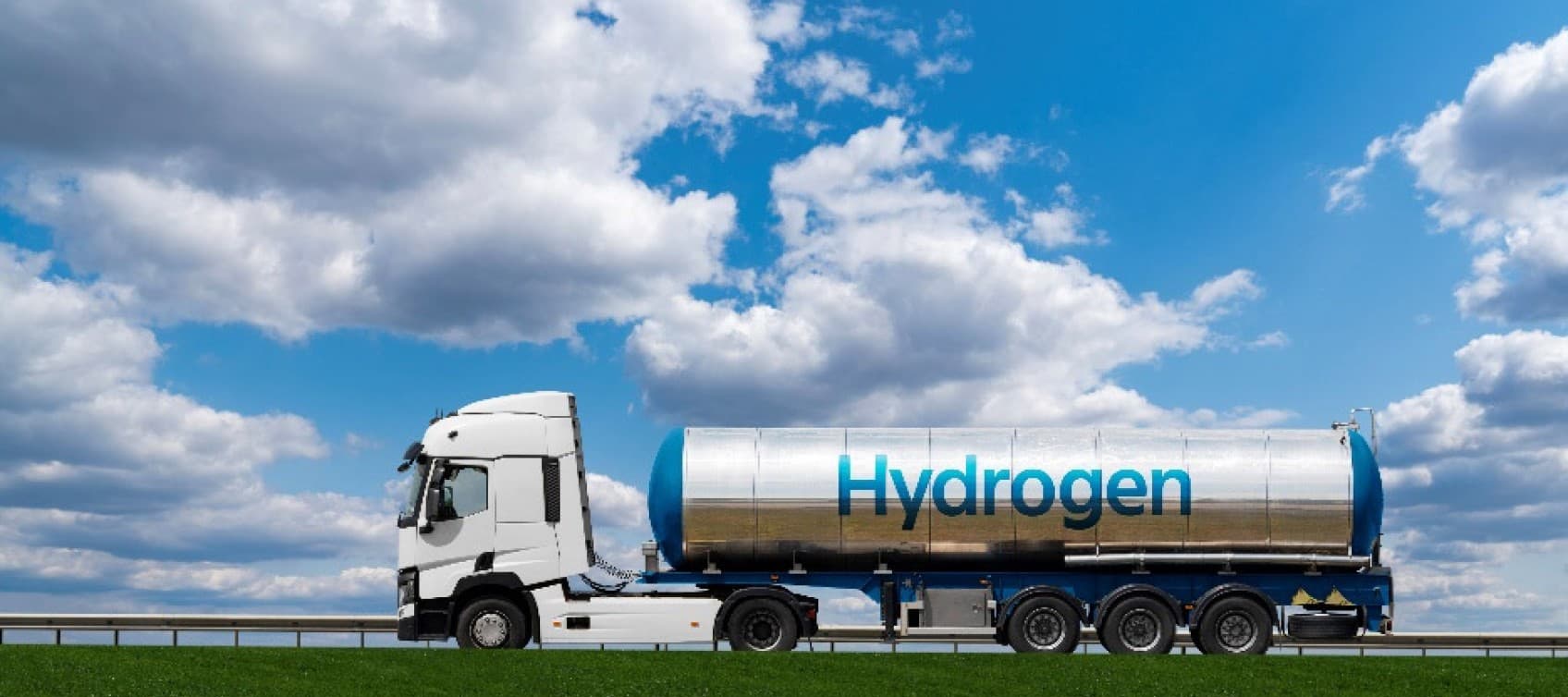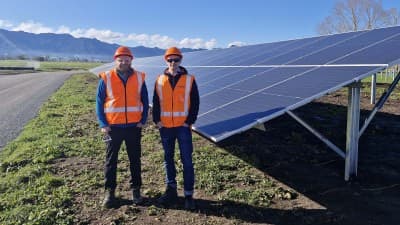Transport is responsible for 17% of New Zealand’s carbon emissions, and heavy vehicles emit almost a quarter of all our transport emissions. But while it’s fairly easy to swap out a petrol car for a low-emissions one, decarbonising the shipping, trucking and aviation industries is much trickier. There is a lot to consider: the long distances covered, the huge amounts of energy that must be carried, and decarbonising in a way that’s still cost-effective for the businesses involved.
Why is hydrogen a good choice for shipping and trucking?
Hydrogen is emerging as the fuel of choice for the long-haul freight industry, not because it’s perfect, but because its advantages fit best for this sector.
Hydrogen is both abundant and versatile. It can be burned as a gas or stored to power an electric fuel cell. This makes it relatively easy to retrofit shipping vessels and trucks to run on hydrogen instead of fossil fuels – much simpler and cheaper than replacing fleets with electric ships and vehicles. A study by the International Council on Clean Transportation found that 99% of voyages between the US and China could be powered by hydrogen with only minor changes to operations.
Hydrogen-powered fuel cell vehicles have a much longer range than battery electric vehicles, which is helpful for long-distance trips. And while recharging an EV battery currently takes considerably longer than refilling your car at the service station, refuelling a hydrogen-powered truck takes just a few minutes. The hydrogen fuel cells are lighter than EV batteries, too.
New Zealand is among the leading nations for green hydrogen technology
Using green hydrogen (which is created using renewable energy) could allow us to decarbonise our long-haul transport industry and help us meet our emissions goals. Because New Zealand is an outstanding generator of renewable electricity, we already have a head start on creating a green hydrogen economy that could not only cut our emissions dramatically, but also create jobs and boost export revenues.
Aotearoa is already on the way: four hydrogen refuelling stations are currently under construction in Auckland, Hamilton, Palmerston North, and Tauranga. These are being built by Hiringa, which has a plan to create a refuelling network across the whole country. Firstgas has been working with Hiringa for a couple of years to help make this vision a reality. Hiringa was a supporter of our hydrogen feasitility study, which found it was possible to move hydrogen around using much of New Zealand’s existing gas network. This finding means that our pipelines could play a key role in getting hydrogen to refuelling stations across Aotearoa.
Hiringa’s first four stations are due to be operational in 2023, with 20 additional stations planned to be finished by 2026, and a total of 100 stations in the pipeline by 2030. With stations in place at ports and airports, hydrogen refuelling could soon extend to shipping vessels and aircraft.
New Zealand is an early adopter of hydrogen-powered vehicles, with several already on our roads. This includes a hydrogen bus that’s been operating in Auckland since 2021, a Hyundai XCIENT NZ Post truck, and 20 Hyzon trucks that are expected to arrive soon.
We’ve even got a hydrogen-powered vessel already in our waters, a prototype foiling chase boat that supports Emirates Team New Zealand. ‘Chase Zero’ launched in Auckland in March 2021; it can cruise at 35 knots and reach a top speed of over 50 knots.
Cutting emissions
Global carbon emissions from freight are enormous. Transport is 95% dependent on fossil fuels, which is higher than any other sector; freight transport subsectors like international shipping and aviation are not on track to reach their decarbonisation goals. Switching these industries away from fossil fuels would make a significant dent in global carbon emissions and play an important role in fighting climate change.
Here in Aotearoa, we can be a leader in the green hydrogen revolution. We have an abundance of renewable energy, technical expertise, a national hydrogen infrastructure already in the planning stages and a natural gas pipeline that can help transport hydrogen around the country. We can’t wait to see the progress New Zealand can make in transitioning our long-haul freight industries towards a net zero future.





